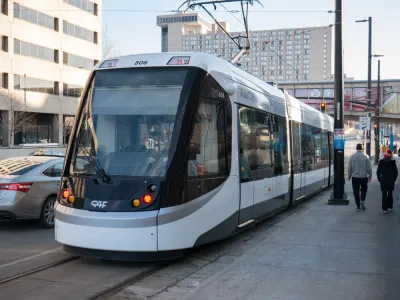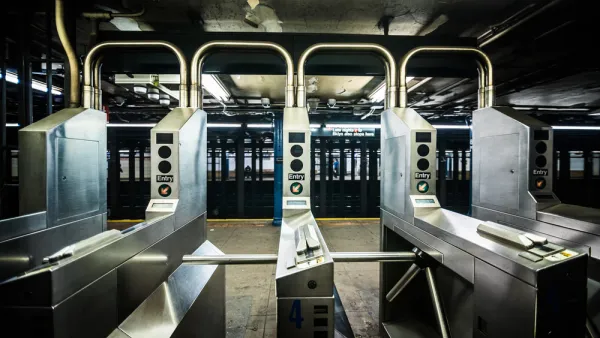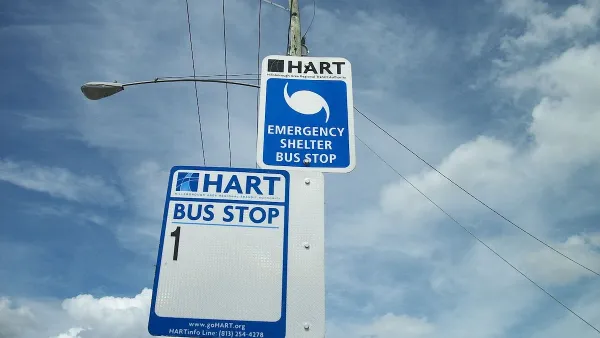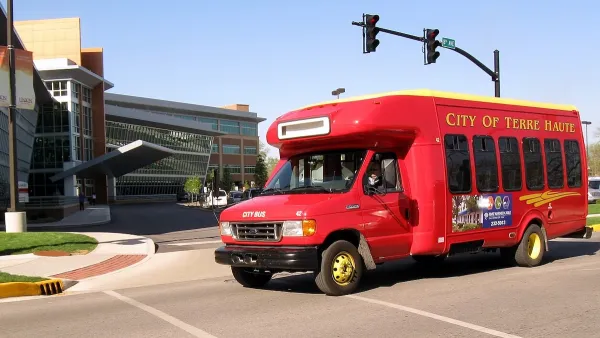For the Missouri city, the economic and social benefits of eliminating transit fares outweigh the costs, but can their success be replicated in bigger cities more dependent on farebox revenue?

After reintroducing a historic streetcar in 2016, Kansas City transit eventually went completely fare-free in 2020. In Governing, Jared Brey assesses what other cities can learn from KC’s experiment, and what unique conditions make the city unlike others.
Prior to eliminating fares, Kansas City’s transit system brought in relatively low ridership revenue. This, combined with the cost savings of eliminating fare collection, made it an easy decision to get rid of fares altogether.
On the other hand, few Kansas City residents can benefit from public transit. “Less than 13 percent of Kansas City’s low-income households live near a bus route, according to one report. And only 3 percent of Kansas City residents use public transit at all, according to another.”
Ultimately, “While Kansas City is the biggest city to go fare-free, its transit system is still comparatively small, and eliminating fare collection didn’t come at a very great cost.” Transit advocates point out that the frequency and reliability of service remains the most important need for transit riders.
FULL STORY: What Can Cities Learn from Kansas City’s Fare-Free Transit Program?

Analysis: Cybertruck Fatality Rate Far Exceeds That of Ford Pinto
The Tesla Cybertruck was recalled seven times last year.

National Parks Layoffs Will Cause Communities to Lose Billions
Thousands of essential park workers were laid off this week, just before the busy spring break season.

Retro-silient?: America’s First “Eco-burb,” The Woodlands Turns 50
A master-planned community north of Houston offers lessons on green infrastructure and resilient design, but falls short of its founder’s lofty affordability and walkability goals.

Test News Post 1
This is a summary

Analysis: Cybertruck Fatality Rate Far Exceeds That of Ford Pinto
The Tesla Cybertruck was recalled seven times last year.

Test News Headline 46
Test for the image on the front page.
Urban Design for Planners 1: Software Tools
This six-course series explores essential urban design concepts using open source software and equips planners with the tools they need to participate fully in the urban design process.
Planning for Universal Design
Learn the tools for implementing Universal Design in planning regulations.
EMC Planning Group, Inc.
Planetizen
Planetizen
Mpact (formerly Rail~Volution)
Great Falls Development Authority, Inc.
HUDs Office of Policy Development and Research
NYU Wagner Graduate School of Public Service




























